The Origins of Sumo
Sumo Wrestling, is the traditional national sport of Japan that is still very popular. The origin of sumo is so long that it goes back to the year 720 according to the Nihon Shoki Chronicles of Japan. The emperor ordered two powerful men to fight to prove which is strongest in Japan.
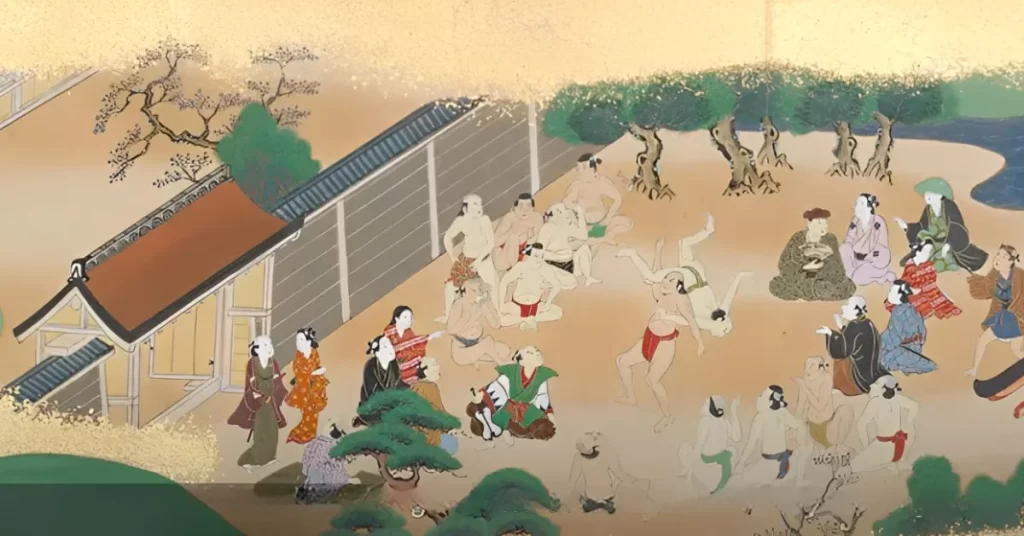
Evolution of Sumo Wrestling
Sumo has been done for thousands of years by changing its purpose. For example, sumo was the palace event for the ritual of a good harvest at first, which lasted for 300 years. During the Senguko period, sumo became the training of samurai. Oda Nobunaga, the great unifier of Japan, loved sumo watching. He gathered strong sumo wrestlers from all over Japan and held a competition. The winner would be hired as retainers.
Sumo in the Edo Period
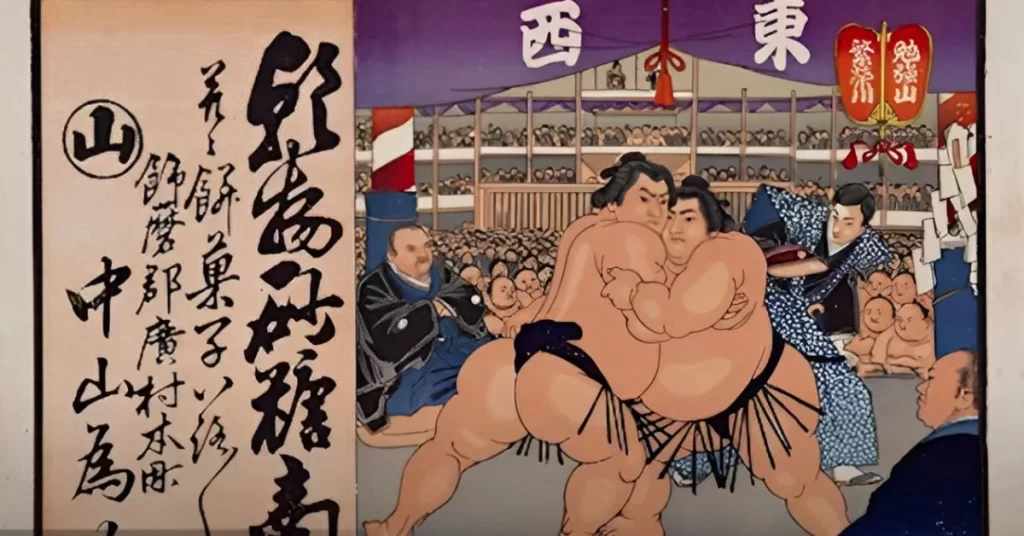
The Edo period is the turning point for sumo. It became the entertainment for everyone, including ordinary people. Sumo wrestling was regarded as the job of a professional athlete, and the game was held periodically. Due to the emergence of three strong sumo wrestlers, sumo became very popular, as well as kabuki. Along with its popularity, sumo wrestlers frequently were picked up as the subject of ukiyo-e.
The Rules of Sumo
The basic rules of Sumo Wrestling are quite simple. The two sumo wrestlers try to push each other out of the ring. The first one who stepped out of the ring or touched the ground with any part of the body, including hair, is a loser. One of the interesting points of sumo is that there is no classification of weight. Therefore, they generally try to be bigger and bigger by eating a lot. However, small wrestlers also have a chance to beat huge sumo wrestlers by brushing up on their skills. That is why we cannot tell which one will win until the end of the game, which makes sumo exciting for viewers.
The Ritual and Cultural Significance
By the way, there is a ritual that sumo wrestlers grab the salt and throw it before the game. It comes from the religious background, meaning to purify the ring. Through these long years, the rules and styles of sumo wrestling were sophisticated and became the national sport.
Enjoying Sumo Wrestling Today
Sumo wrestling is a precious sporting event where we can enjoy the atmosphere of the Edo period in current Japan. Hopefully, the knowledge in this blog will help you enjoy more of the world of One Piece. I would also like to introduce more information relevant to Japanese Sumo Wrestling.
Sumo Wrestling: A Unique Cultural Experience in Japan
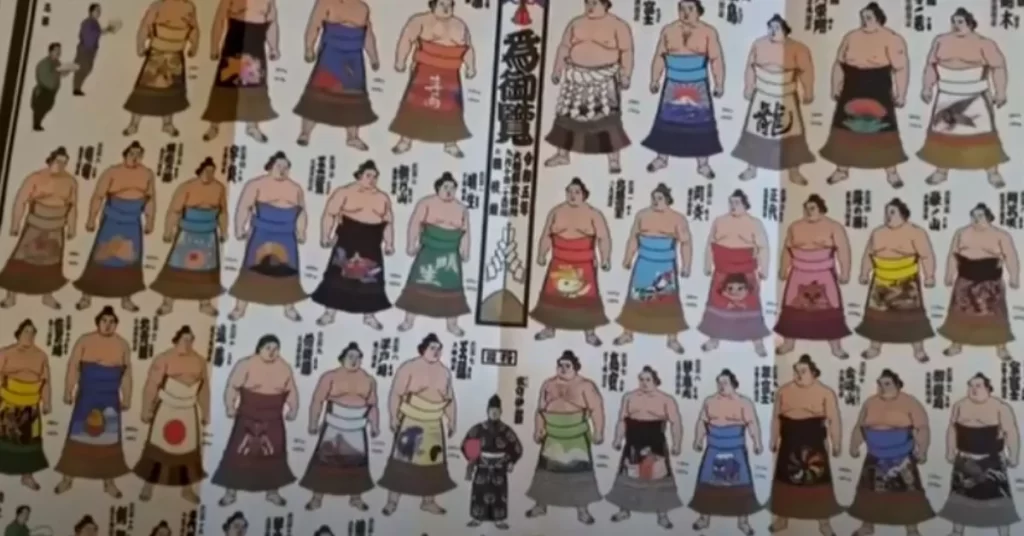
Among the list of things unique to Japan is its national sport brand, sumo wrestling. There’s no other country in the world where Sumo is performed on a professional level except for the country of Japan, where it originated from thousands of years ago. That’s why anyone who’s planning on visiting Japan should at least consider having a go at this one-of-a-kind cultural experience.
What to Expect at the Grand Sumo Tournament
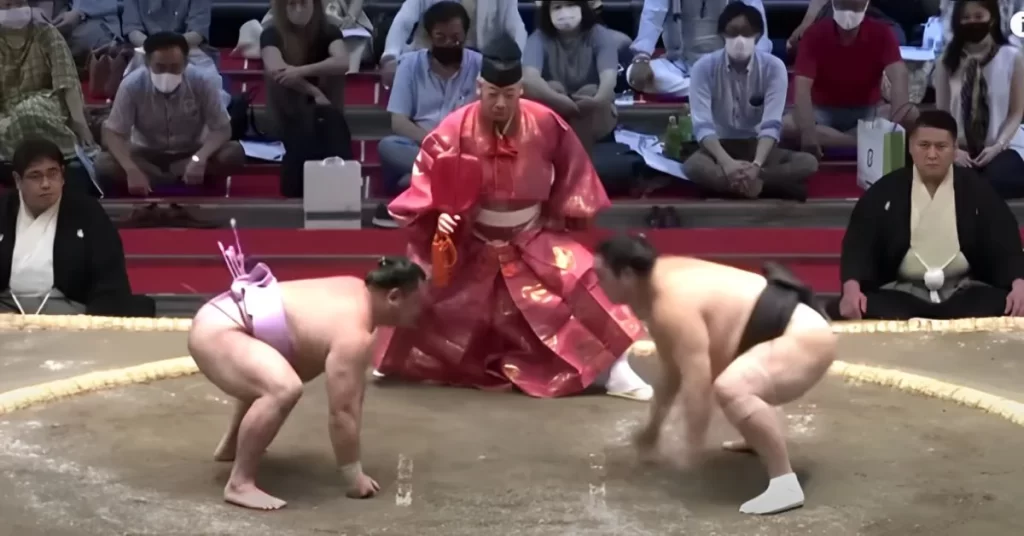
But what if you don’t really follow Sumo or know anything about it, or you’re just not really into sports? Well, let me tell you, the experience is still worth it. I recently attended the grand Sumo tournament in Tokyo, Japan as part of a tour group, and I’m here to give you an overview of what it was like.
Ticket Availability and Pricing
Grand sumo tournament tickets actually start selling months before the tournament, and same day tickets are no longer being sold. So, unless you’ve planned to watch sumo wrestling months in advance, getting tickets while the tournament is ongoing can prove to be quite difficult. During my last-minute trip to Japan, I had to purchase my tickets through a tour group. The tickets were pricier than if I had purchased them in advance through the official ticketing websites. I ended up paying a staggering 35,000 Yen, which is around $233. However, the tickets were for the final day and were for premium seats on the first floor of the Arena.
Tour Group Experience
Tour prices for the Grand Sumo Tournament are usually more affordable. They often include a guide booklet that explains sumo wrestling, a brief overview of sumo history, and how the tournament works. This is very helpful for people who don’t know anything about Sumo wrestling. They also provide a bons, which is the official ranking chart of all the sumo wrestlers for the season. This is a popular souvenir for Sumo fans. Additionally, tour groups provide their own tour guide who can provide translations and answer questions during the viewing.
Seating and View
For my tour group, we were seated on the first floor, which had a great view similar to that of television cameras. Our area had two types of seating: Japanese-style floor cushions with a small table, and regular seats in a box area with a TV showing a live closeup of the match and slow motion replays. I chose the floor cushions to get the full Japanese experience. From my vantage point, the ring was very visible, and I could see the wrestlers do their thing without any obstructions. The distance was close enough to see what was happening during the match clearly.
The Atmosphere
But what made the experience really special to me was the atmosphere of the tournament. It was just completely enthralling. Everyone, from kids to seniors, men and women, were cheering, shouting, laughing, and gasping. It felt more like a festival inside the arena than a serious sports tournament. The lively atmosphere is impossible to capture on live TV. I was also surprised to see that there were even more Japanese tour groups seeing Sumo than foreigners. Watching Sumo is as much of an exciting must-see event for the Japanese as it is for foreign tourists.
Souvenir Shops and Amenities
There are multiple souvenir shops, food, and drinks booths to choose from, which is consistent with the festival atmosphere of the Grand Sumo Tournament. People usually dip in and out of their seats to go around and buy from the shops. I bought myself some souvenirs such as kikan curry, the victoriia bons that features the sumo wrestlers and their ranks in a unique Japanese art style, and some support towels to wave around when my favorite wrestlers came up. Even with thousands of people inside the Arena, the toilets were surprisingly clean and featured cool Japanese toilets that have an automatic Beday function.
Conclusion
In the end, the $233 ticket was worth it for me because of the incredible atmosphere created inside the arena. However, I don’t think I’ll be buying tour group tickets again, as I believe I could still get the same experience without having to pay that much money by planning ahead and buying tickets early on the official ticketing website. For those who don’t follow sumo wrestling but want an authentic cultural experience in a vibrant, highly energetic environment, I recommend going with a tour group that will provide guide booklets and an English-speaking tour guide.
So, if you ever find yourself in Japan during the Grand Sumo Tournament, don’t miss the opportunity to witness this unique cultural experience. From the thrilling matches to the lively atmosphere, it’s an event that will leave you with lasting memories of your time in Japan.
FAQS on Sumo Wrestling
How old is Sumo Wrestling?
Sumo’s origins date back to ancient Japan, possibly as early as the 7th century AD.
What was Sumo’s original purpose?
Initially, Sumo was a religious ceremony to ensure good harvests. Later, it became samurai training and public entertainment.
When did Sumo become popular?
The Edo period (1603-1868) saw Sumo’s rise to national sport status, enjoyed by all classes.
How do you win a Sumo match?
The first wrestler to force their opponent out of the ring or touch the ground with any part besides their feet loses.
Are there weight classes in Sumo?
No, Sumo has no weight classes, making technique and agility crucial for smaller wrestlers.
What is the significance of the pre-match salt throwing ritual?
It purifies the ring and reflects Sumo’s religious roots.
When and where are Sumo tournaments held?
Six grand tournaments occur annually, three in Tokyo and one each in Osaka, Nagoya, and Fukuoka.
How can I get tickets to a Sumo tournament?
Purchase tickets well in advance through official websites or consider guided tours for easier access.
What can I expect at a Sumo tournament?
A vibrant atmosphere with passionate cheering, diverse crowds, and exciting matches
Are there souvenirs available?
Yes, numerous shops sell official merchandise like ranking charts, towels, and food items.
Is Sumo only for men?
Currently, professional Sumo is limited to men, but amateur Sumo welcomes all genders.
What are the health risks of Sumo wrestlers’ size?
Their weight gain for competition can raise health concerns, and post-career support is crucial.
Where can I learn more about Sumo?
Explore the Japan Sumo Association website, documentaries, or attend amateur competitions.
What are some famous Sumo wrestlers?
Yokozuna Hakuho, Asashoryu, and Taiho are renowned for their exceptional careers
What are some interesting facts about Sumo?
The wrestlers have unique hairstyles called chonmage, and pre-match rituals involve chants and dances.
Looking for More articles on Indoor Activities? Visit our Website www.indoorgem.com
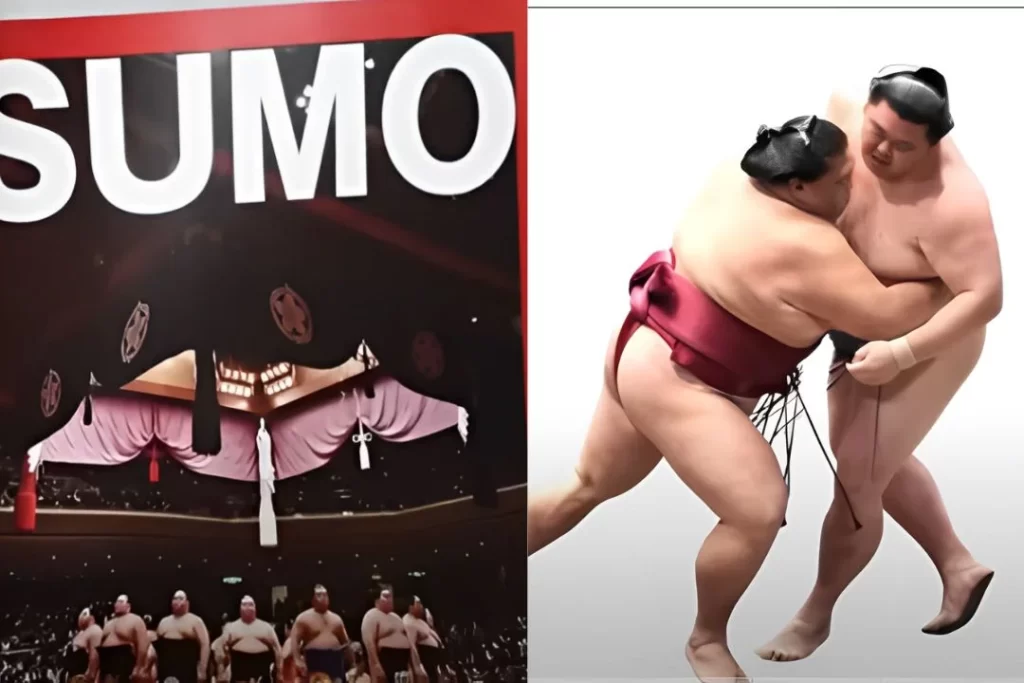






hi